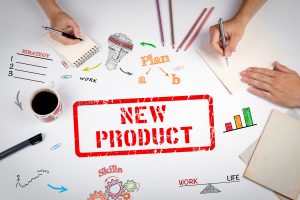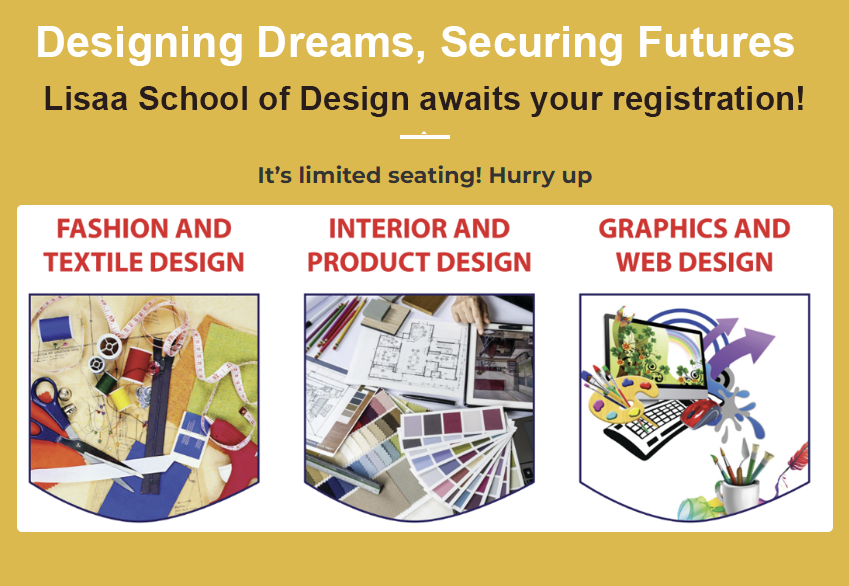
In today’s fast-paced world, creating a product that stands out from the crowd is no easy feat. It requires not only a great idea but also an understanding of product design and development principles to bring it to life. In this blog post, we’ll dive deep into what product design and development mean, why they’re important, and how you can use them to create products that people love. Buckle up as we embark on a journey through the exciting world of product creation!
Before the companies launch the final product, there is a lot of work that goes into it. This is applicable for different types of products available in the market. The complete development process pf any product is called Product development cycle. Product design is a part of product development. It involves the different stages of designing the product.
This article will focus on the details of the two processes and their comparison.
The Product Design and Development Process
The product design and development process is creating a new product or improving an existing one. It involves research, market analysis, concept creation, prototyping, and testing. The goal is to create a product that meets the needs of the customer and is profitable for the company.
- The first step in the process is to identify the need that the product will fill. This can be done through market research or by observing customers. Once the need is identified,
- the next step is to create a concept for the product. This includes sketching or modeling the product. The concept should be based on customer needs and be feasible to produce.
- After the concept is created, a prototype should be made. This can be done with 3D printing or other methods. The prototype should be tested to see if it meets customer needs and requirements. If it does not, the prototype should be revised and retested.
- After the prototype is finalized, it is time to mass-produce the product and get it into the hands of customers.
Product Design vs Product Development: Comparison Chart
| Basis of comparison | Product Development | Product Design |
| Definition | Product development refers to the complete life cycle. This starts from market analysis to goes up to the final product launch. | Product design is only a part of the cycle where the design of the product is created.
|
| Supervision | The product developer supervises each stage of development. | The product designer has to report to the developer for approval. But he cannot supervise anything beyond his design aspects.
|
| Decision making | All the decisions of marketing, finance, sales and logistics are taken in the development stages. | The design decisions are taken during product design after consultation with other officials. |
| Prototype | In the development phase, it is evaluated by the developer, that forms the basis of the product. | The prototype is designed in the product design phase. |
| Team | The product development team includes designers, manufacturers, marketing staff, engineers and sales staff.
|
The design team consists of technical staff consisting of illustrators, UX designers and Interaction designers |
What is Product Development?
Organizations have to come up with new ideas and new designs for their products. This is to maintain its position in the market. Product development is the complete cycle of all such steps. This starts from the conceptualization to the product deployment. The main goal of the product development process is to develop products according to customer requirements.
This will, in turn, increase the market share of the company. But every product might not satisfy all customer demands. So, companies carry out a thorough analysis of their customer base. This helps them to identify their target market and develop products accordingly.
Stages of Product Development
The different stages of product development are:
1) Idea Generation & Screening
This stage involves the search for new ideas about a new product. In most organizations, there is an ideation team that develops the ideas. The employees may choose only a handful of ideas. The R & D team may also develop these ideas. External sources like their distributors and suppliers can also contribute. In most cases, these have to meet client demands.
Here, analysis and filtering of ideas take place. Officials keep the best ones and discard the rest. The companies aim to look for ideas that can be profitable products.
2) Concept development
After selection of an idea, the company has to transform it into a concept. The marketer then creates alternative product concepts from the new concept. The company then compares the different alternatives. They observe whether these alternatives will meet the customers needs.
3) Business analysis
Here the officials analyse the sales, profit and costs associated with the product. By this, they are able to understand whether the product is commercially feasible. Moreover, it has to meet the users demands. For this, they conduct market surveys. Sales history of similar products is also analyzed.
Additionally, it is important to identify possible risks. This helps to reduce problems and developmental errors in the future.
4) Product development
If the product idea passes through all the previous stages, it is converted into a tangible product. This helps to check how well it might work in the market. Thus, the R&D team might launch a prototype model of the product concept.
Additionally, the marketing team develops a strategy for distributing the product. The finance team will calculate the finances associated with it. The advertising team will develop a strategy for promoting the product.
5) Test marketing
For obtaining customer feedback, the company launches a prototype. Through this, the officials are able to test different strategies. These include marketing, positioning, advertising, targeting, packaging, and financing. The customer feedback is taken into account.
According to this data, the developers make the required changes and enhancements.
6) Commercialization
After test marketing, the company officials get a basic understanding of how the product might work in real life. So, before the commercialization of the product, all the major decisions are taken. This will include the identification of the target markets. The launch strategies are also prepared. After that, all the departments collaborate and work on the product.
What is Product Design?
Product design consists of all the designing activities. These enable the designer to create the look and feel of the product. These include deciding the architecture of the product and choosing the required materials. It is also important to understand the best design that will suit the customer.
Read Here About: Product Design Course in Delhi
The aim is to develop a design that will appeal to target customers. Product design is applied in the following fields:
- developing medical equipment
- tableware
- furniture
- electronics
- kitchen appliances
- jewellery
Stages of Product Design
The various stages of product design are:
1) Ideation
In this process, designers generate ideas for the design. This can originate from internal and external sources. Internal sources include employees, market analysis, research and development and reverse engineering. In reverse engineering, the competitors products are examined. This helps in generating new ideas.
External sources include feedback from customers, the current market trends, and benchmarking. Benchmarking helps in analysing an organisations product. A comparison with the best product in the current market helps in this process.
2) Feasibility study
Here, the officials will carry out the following feasibility studies:
- Market
- Economic
- Technical
- Strategic
- Risk analysis of the product
The performance specifications are then determined for the particular product concept. If they pass the feasibility study, they might get approved for development.
3) Preliminary design
Here the design engineers transform the performance specifications into technical specifications. The procedure involves developing a prototype and testing it. Based on its performance, the designer revises the design and retests it.
4) Testing
The prototype is tested many times before finalisation. It is also tested in actual market surroundings. This is required for gaining feedback from the target customer group.
5) Product launch
After finalization of all decisions, the product is finally launched for the target customers. The entire management, marketing and production team will work together during this phase.
Role of a product developer
- They analyze sales data, customer feedback, and product reviews. They also assess their competitors products
- Consulting the manufacturing, design, finance and engineering team to develop product specifications
- Supervising the final design and evaluating the prototype
- The developer submits proposals to the project head for reviewing. This enhances the development process
- The product developer prepares the final cost estimates for the product
Roles of a product designer
- Making product sketches by hand or by using software
- Meeting clients and other employees to discuss the design
- To work with product developers, engineers, and marketing staff
- A designer also has to work with the finance team
- Modifying the design based on the feedback received during the development stages
- They also analyse designs of other companies and help in generating new ideas
The Importance of User Research in Product Design and Development
User research is an essential part of new product design and development. By understanding the needs and wants of users, businesses can create products that are more likely to be successful.
User research can help businesses to understand what users want in a product, how they will use it, and what they think of it. This information is essential in creating products that meet user needs and expectations.
Testing and Evaluation in Product Design and Development
As a product designer or developer, you might have an excellent idea for a new product. But how do you know if it will be successful? The answer is simple: user testing. User testing is the process of getting feedback from potential users to improve your designs and create products that meet their needs.
Why Choose us?
If you are looking for a product design and development company to help bring your product vision to life, look no further than the team at Lisaa Delhi. A product goes through several stages that comprise the product development life cycle. Product design is one of the most important parts of the development. This is because the prototype is designed in the design phase. The companies are able to test their ideas through the prototype. They are also able to reach out to their target customers.
Furthermore, the officials are able to get customer reviews from the process. This helps them to improve their product idea and please their customers. In the long run, this helps them to gather capital and establish their position in the market.
There are many reasons to choose us as your resource for product design and development information. Here are just a few:
1. We offer unbiased, expert advice. Our team has years of experience in product design and development, and we’re passionate about sharing our knowledge with others.
2. We’re constantly updating our content to keep up with the latest industry trends and changes.
3. We offer a variety of resources, including articles, tutorials, courses, and more. This means that you can find the information you need when you need it.
4. We’re here to help you succeed. We want to see you achieve your goals, whether it’s designing your first product or taking your business to the next level.
If you’re ready to learn more about product design and development, we invite you to explore our site today

